The Utah Cutthroat Slam consists of a challenge to catch the four unique cutthroat trout subspecies in their respective native historical ranges within the state
Excuse me… just slamming through
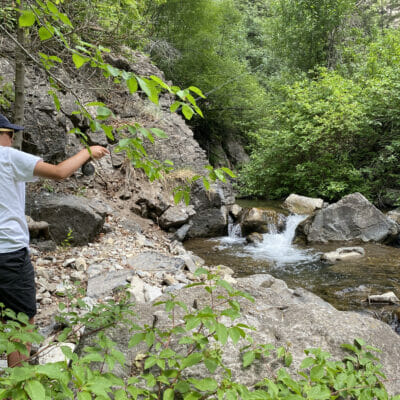

The Utah Cutthroat Slam consists of a challenge to catch the four unique cutthroat trout subspecies in their respective native historical ranges within the state
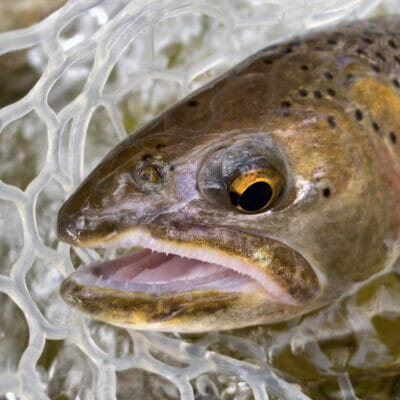
Bonneville cutthroat trout (Oncorhynchus clarkii utah) Species summary and status: The State Fish of Utah, the Bonneville cutthroat was historically found in the Bonneville Basin, including suitable habitat within Utah, Idaho, Wyoming, and Nevada. Although scientists believed pure strains of Bonneville cutthroat were extinct, a few isolated populations were discovered in Utah in the 1970s and…
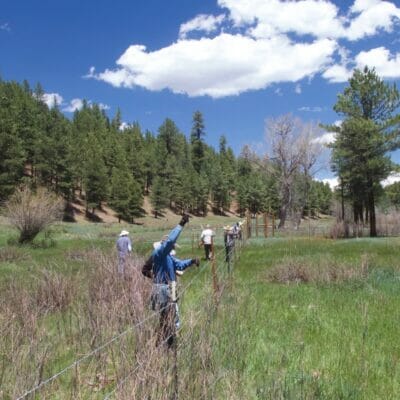
In New Mexico, fences protect trout habitat and livestock It feels great to get out again on TU field projects. A few weeks ago, we journeyed to the Gila to take some stream measurements, and last week we went to the northwestern Jemez Mountains to replace some fence along the Rio de las Vacas. Our volunteer crew of women and men from regional TU chapters and our partner organization, New…
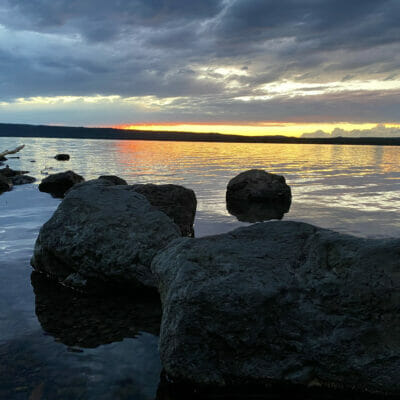
Looking back, I saw Sweet, who had coyly picked a honey hole on a backwater around a small island I didn’t even notice, who was looking upriver at me and grinning ear to ear. At that moment, I remember thinking he resembled a child showing off his hard work.
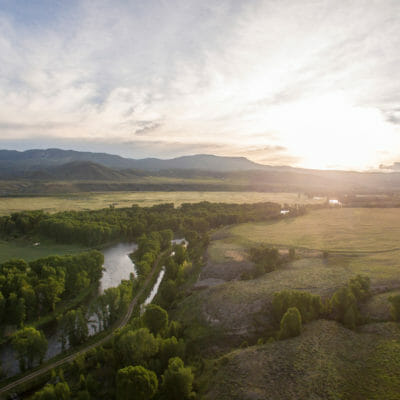
As we enter a new decade, it is clear that the impacts wrought on ecosystems, communities and fish and wildlife by climate change are outpacing our ability to deal with them in isolation
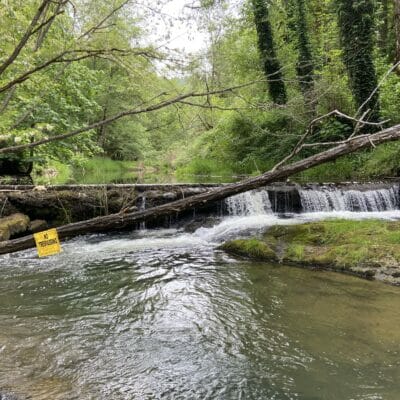
How much trouble is it to ask permission to access a choice swimming hole? An Oregon landowner reluctantly posts his property after neighbors repeatedly ignore his requests for a heads up before swimming.
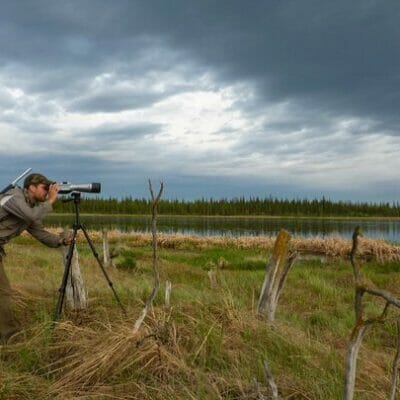
“From the candidate interview process to the last few weeks of getting to know Connor, I am confident that his background, experience, and passion provide the right combination to lead the charge for the TU/SIMMS Gallatin Home River Initiative,” said Diane Bristol, Senior Director, Employee and Community Engagement. “We are also looking forward to the collaboration that Connor will facilitate across the many fantastic organizations that have been working to protect and enhance the Gallatin River.”